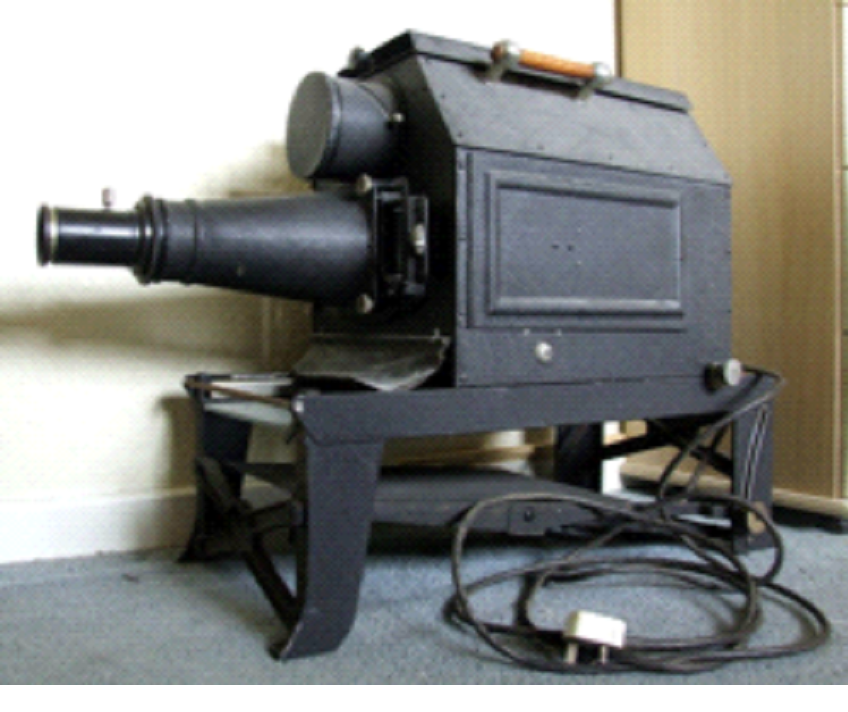Dave Plowman
Some said BBC Tape was only good enough for tying up the roses.
Keith Wicks
That’s about right. In the early 1960s at BH London, we were using outdated machines and inferior tape. The EMI BTR2s were wonderful machines for editing on. They were originally intended for use at 30 and 15 ips. The BTR2s at BH had had their capstans turned down so that they ran at 15 and 7.5 ips. The tape tension was not closely controlled and I think this caused the tape to bounce a little on the heads, causing a "bubbly" quality, particularly noticeable at 7.5 ips on tone.
At 7.5 ips, speech was reasonable, though this speed was rarely, if ever, used for complete recorded programmes. At both speeds, the hiss level was high. That was down to the type of EMI tape used, known as H77 I think. Probably chosen for its strength, as it could cope with spooling on the BTR2s without much stretching. A few years later, I heard that the BBC had become the laughing stock at a European radio exhibition because of the extremely poor quality of the sound recordings they had submitted for a competition. Hiss was the problem.
I think there was one BTR2 somewhere in the building that had transistorised electronics instead of valve equipment. I don’t know what advantage that was supposed to have as I think the main quality problems were mechanical and tape-related, and not caused by the valve technology.
EMI TR90s were better for recording, but not so user friendly when it came to editing. And the tape hiss problem was still there.
There has been a brief mention of the wide frequency response of some domestic tape machines. Many decades ago, I wrote about this for a magazine because I was amused to find that some relatively cheap domestic machines claimed a much better frequency response than contemporary professional machines used by broadcasters. In general, part of the trick on the domestic machines was to bias the tape for maximum output. This did extend the frequency range, but it also gave too much distortion. The other part of the trick was not to mention distortion levels.
Increasing the tape bias to give a drop in playback level of 1db or so reduced the performance at higher audio frequencies, but reduced distortion to a reasonable level. So professional machines were usually set up like that.
Dave Mundy
H77 was the good stuff! You could have used H50 for tying up the roses! There was about 6db. difference in line-up levels between the two. In Birmingham we dreaded having to use H50 and, even worse, using ‘serviced’ tape from the tape reclamation unit in Maida Vale, just in case they had spliced the two different tapes together!
Dave Plowman
Remember trying to line up a Revox A77 on the stuff we used at TC. You could get better results at 3 3/4" on Agfa than that stuff at 7 1/2".
John Howell
H50 was still around when I joined Television late in 1962 but we quickly ‘graduated’ to Emitape 77, then there was a brief flurry into Kodak which pile wound tightly, and had plastic spools which burnt your hand should you attempt to slow them whilst spooling. It was good for editing though, as it had ‘Kodak S Fabrique en France’ printed along its length and you could easily tell when you were putting back the mistake you had just edited out.
Then, doom and gloom, along came Zonal ! I remember watching a recording in progress and as the tape passed through the head-block its height suddenly started to shrink to that of a bootlace and back up to a quarter of an inch over a 3 foot length. Occasionally you would see oxide ‘blobs’ splashed onto the back of the tape. I think it was really Sellotape sprayed with rust.
The tape that seemed best to me was the Scotch 207 (?) which we came across if the Film Unit at Ealing sent wild tracks to the studio. This was LP tape and was highly desirable for home use. But don’t take any BASF LR56 or Agfa PER525 home, its rough backing filed down your pressure pads !
Oh memories ! (no, not Memorex).
Nick Ware
Pressure pads? I’d forgotten about them! You must have had a Ferrograph then?
Mike Jordan
Didn’t we all have Ferrographs, even at school?
segue to :
The Ferrograph was under the stage where we hung out like a gathering place with kettle, comfy chairs etc etc (cigs upstairs or on the school roof. The joys of inhaling film cement yet to come). Note also the Strand Electric pattern 37 Cinemoid holder in shot.
We also carried them around together with the Bell and Howell 16mm projectors for films in the main hall and classrooms – also heavy with a huge transformer as I guess they were 110v. I carried one of those projectors from school in Brentwood up to Shepherds Bush Market by train once to get it repaired. Probably about 16 years old – alone!
The demonstration room had an original wooden 3 1/4 slide and reflecting overhead flat paper projector – an Epidiascope like this but wooden.
(Click on the picture below to see larger version:
use your Browser’s BACK button to return to this page)



